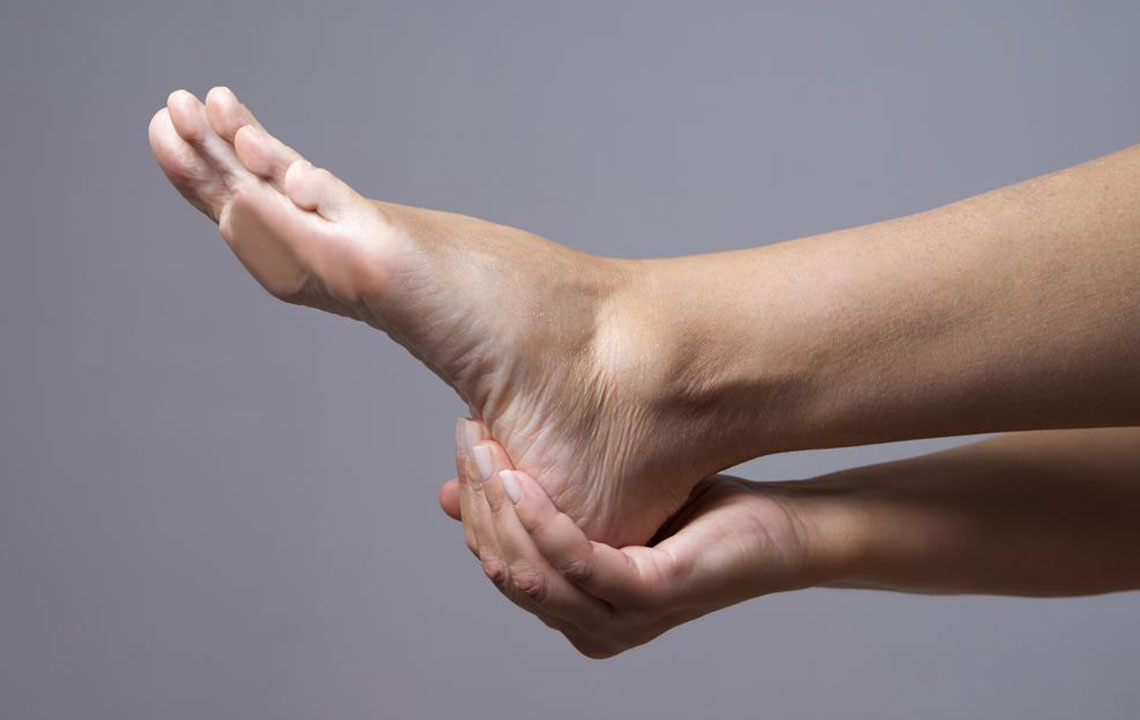Comprehensive Approaches to Alleviating Diabetic Foot Discomfort and Pain Relief Strategies
Discover comprehensive strategies for managing diabetic foot discomfort, including medical treatments like TENS and medications, lifestyle adjustments, and alternative therapies. Learn how to effectively alleviate pain, prevent complications, and enhance overall foot health with a holistic approach tailored for individuals with diabetic neuropathy.

Comprehensive Approaches to Alleviating Diabetic Foot Discomfort and Pain Relief Strategies
Diabetes mellitus, a chronic metabolic disorder, extends beyond impairing blood sugar regulation; it often leads to a range of debilitating symptoms that can significantly diminish quality of life. Among these, diabetic foot pain stands out as a particularly challenging complication, primarily caused by peripheral neuropathy—nerve damage resulting from prolonged high blood glucose levels. If left unmanaged, this condition can progress, causing serious issues such as infections, ulcers, and even amputations. Therefore, understanding and implementing effective treatment strategies is crucial for individuals suffering from diabetic foot discomfort to regain mobility, reduce pain, and improve overall well-being.
Diabetic foot pain manifests as a tingling, burning, or stabbing sensation that can interfere with daily activities. Managing this pain requires a multifaceted approach that combines medical treatments, lifestyle modifications, and sometimes alternative therapies. This detailed guide explores the most effective strategies to manage diabetic foot discomfort, including both conventional medical options and complementary therapies.
Understanding the Causes of Diabetic Foot Pain
Before diving into treatment options, it’s essential to understand the underlying causes of diabetic foot pain. High blood sugar levels over time damage small blood vessels and nerves, especially those in the extremities. Peripheral neuropathy results in the loss of protective sensations, making feet more vulnerable to injuries and infections. Additionally, poor circulation hinders wound healing and can exacerbate pain symptoms. Recognizing these factors helps in selecting suitable treatments and lifestyle adjustments to mitigate discomfort.
Conventional Medical Treatments for Diabetic Foot Pain
Effective management of diabetic foot pain often involves a combination of medication, physical therapy, and technological interventions. Below are some of the most widely used approaches:
Transcutaneous Electrical Nerve Stimulation (TENS)
Transcutaneous Electrical Nerve Stimulation, commonly known as TENS, is a non-invasive therapy that uses low-voltage electrical currents to stimulate nerve fibers. The TENS device, which is compact and portable, attaches electrodes to specific areas of the skin on the feet or legs. When activated, it delivers electrical pulses that interfere with pain signal transmission to the brain, providing rapid relief. TENS also stimulates blood flow, which can promote healing in damaged tissues. Many patients find TENS to be a safe, drug-free option for managing chronic foot pain associated with diabetic neuropathy.
Pharmacological Interventions
Medications play a vital role in controlling neuropathic pain. Several classes of drugs are prescribed, each targeting different aspects of nerve dysfunction:
Anticonvulsants such as gabapentin or pregabalin are commonly used to reduce nerve excitability. These drugs can lessen burning sensations and improve nerve health, though they require dose adjustments and monitoring for side effects.
Antidepressants, especially tricyclic antidepressants like amitriptyline and serotonin-norepinephrine reuptake inhibitors (SNRIs) such as duloxetine, help modulate pain signals by altering neurotransmitter levels. Their dual benefit of improving mood also addresses the psychological impact of chronic pain.
Opioid Analgesics like oxycodone may be considered for severe, unrelenting pain that doesn’t respond to other treatments. Due to potential addiction risks, opioids are prescribed cautiously, usually for short-term use, and under strict supervision. Alternative delivery methods such as topical patches can deliver medication directly to affected areas, reducing systemic side effects.
Integrative and Lifestyle-Based Strategies
Beyond medication, lifestyle modifications and complementary therapies are essential components of a comprehensive treatment plan.
Physical Therapy and Foot Care
Regular foot examinations and proper foot care routines are critical in preventing ulcers and infections. Using moisturizers to prevent dryness, choosing comfortable footwear that doesn’t cause pressure points, and avoiding walking barefoot can significantly reduce injury risk. Physical therapy may include exercises to improve circulation and strengthen foot muscles, which can help alleviate pain and improve function.
Diet and Blood Sugar Control
Maintaining optimal blood glucose levels is fundamental in preventing nerve damage progression. A balanced diet rich in fiber, healthy fats, and lean proteins, coupled with regular physical activity, helps keep blood sugar within target ranges. Monitoring glycemic levels diligently and adhering to medical guidelines can slow or halt neuropathy development, thereby reducing foot pain over time.
Traditional and Alternative Therapies
Some individuals explore complementary approaches such as acupuncture, Ayurveda, or herbal remedies. While scientific evidence varies, many patients report symptom relief from these methods. It’s advisable to consult qualified practitioners and discuss any alternative therapies with healthcare providers to ensure safety and compatibility with existing treatments.
Advanced Therapies and Surgical Options
For severe cases where conservative treatments fail, more advanced interventions may be necessary. These include nerve blocks, demyelination therapies, or surgical procedures to decompress nerves. In extreme cases, nerve repair or transplantation might be considered. Each option requires thorough evaluation by specialists to weigh risks versus benefits.
Essential Tips for Managing Diabetic Foot Discomfort
Effective management requires a proactive, holistic approach. Here are some key tips:
Regular foot inspections at home and by healthcare professionals
Keeping feet clean and moisturized to prevent skin breakdown
Wearing appropriate footwear, preferably custom orthotics
Avoiding walking barefoot or exposing feet to extreme temperatures
Controlling blood sugar levels diligently to prevent further nerve damage
Seeking immediate medical attention for cuts, blisters, or ulcers
In conclusion, diabetic foot discomfort is a complex condition that necessitates a tailored, multidisciplinary treatment approach. Combining medical therapies, lifestyle modifications, and alternative therapies can significantly improve quality of life for affected individuals. Staying informed, adhering to treatment plans, and maintaining vigilant foot care are vital steps toward effective pain management and preventive care.





